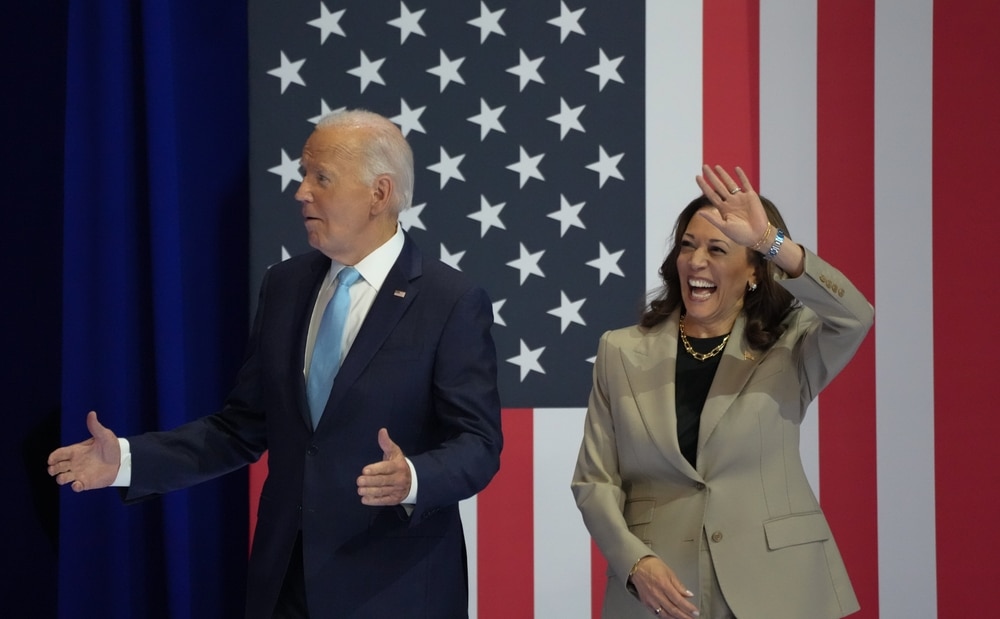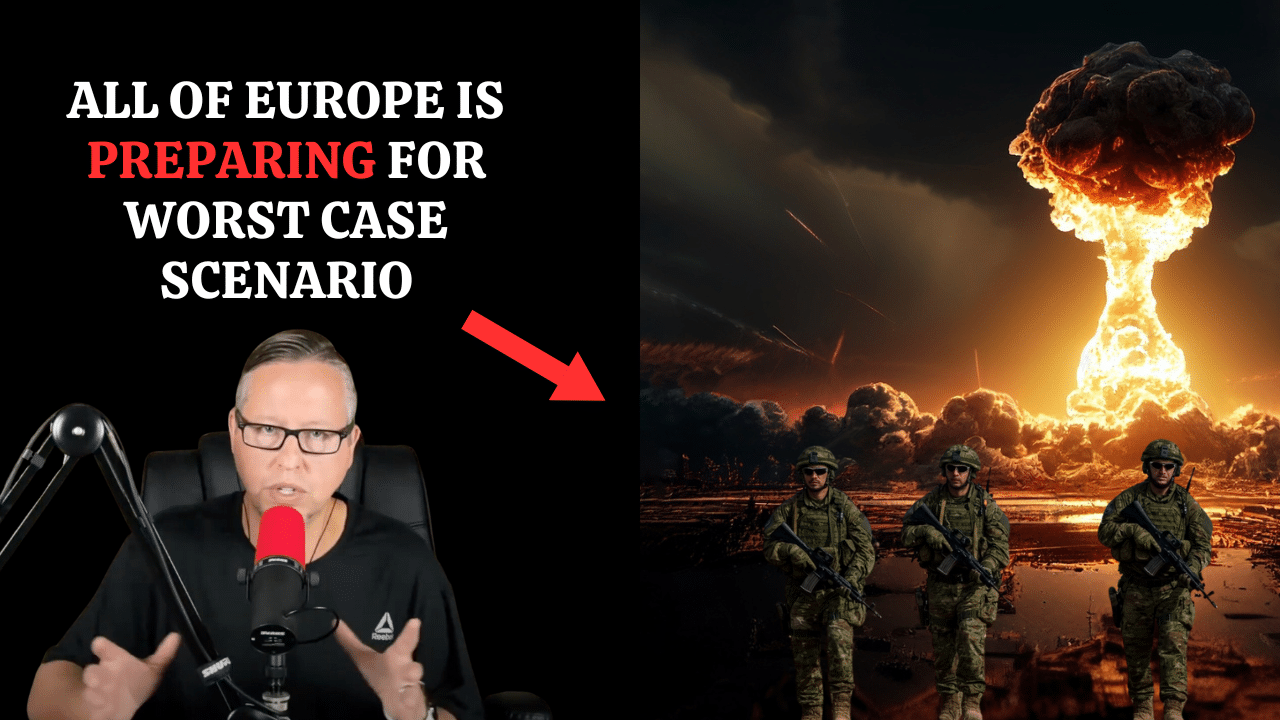Homeland Security Secretary Alejandro Mayorkas faces a new firestorm of criticism for claiming FEMA is out of disaster funds right as the DHS’ Inspector General released a report saying FEMA is sitting on at least $8.3 billion in untapped, unspent funds.
On Oct 2, Mayorkas said, “We are expecting another hurricane hitting. We do not have the funds. FEMA does not have the funds to make it through the season and what is imminent.”
This new controversy is surfacing as Hurricane Milton has become a Category 5 storm, and massive evacuations are now underway in Florida, which is still struggling from Hurricane Helene, as is much of the Southeast.
But analysts say FEMA cannot tap unspent appropriations from long-ago crises, so the money sits frozen as 600 people are reportedly still missing from Hurricane Helene, at least 220 died, and entire towns were wiped off the map. Helene is the most catastrophic hurricane to hit the U.S. since Katrina in 2005.
Budget experts warn that this new firestorm shows that FEMA has been turned into a slush fund that the agency and the Biden-Harris White House can spend at will.
An August 2024 report from Homeland Security’s Office of Inspector General noted, “As of October 2022, FEMA estimated that 847 disaster declarations with approximately $73 billion in unliquidated funds remained open.”
The report also says “$8.3 billion in unliquidated obligations” was “for disasters declared in 2012 or earlier” that analysts say could be returned to help people battling for survival in disasters now.
The IG report concurs, saying, “More than $7 billion in unliquidated funds… could potentially be returned to the Disaster Relief Fund.”
Jeremy Portnoy, at the watchdog group Open the Books, notes that the way FEMA has set it up, the agency has locked in grant money that it must use during and before a “period of performance” deadline. That means the funds are obligated for that time period.
However, the Inspector General report finds that FEMA has been extending deadlines by up to 16 years for $7 billion worth of grants, sometimes without explanation.
For example, FEMA is still sitting on $4.5 billion in unused, frozen funds for Super Storm Sandy, which happened 12 years ago, in 2012. FEMA officials have to justify and explain why they’re extending deadlines in writing, but it’s unclear what they’re saying to justify freezing the funds for so long.








